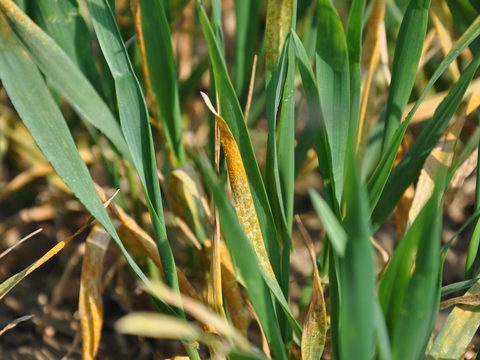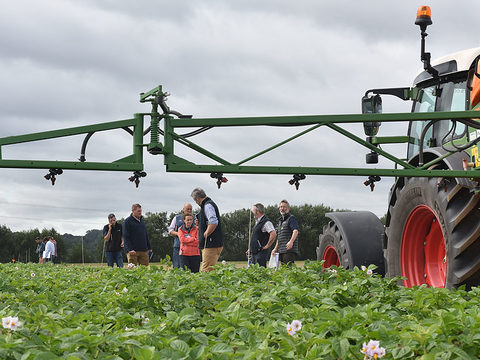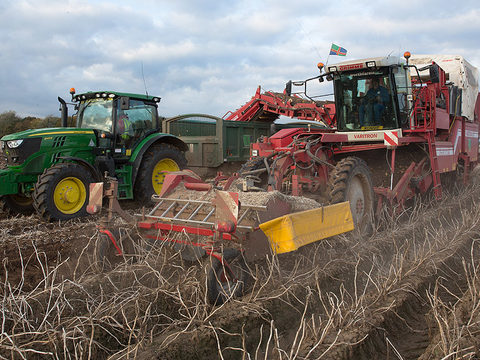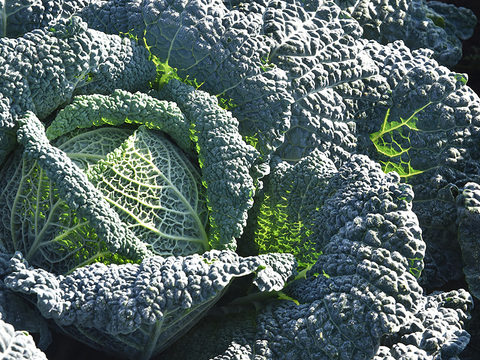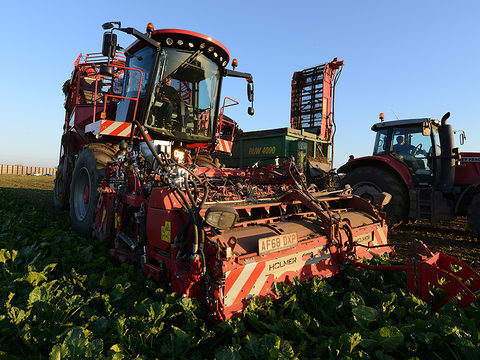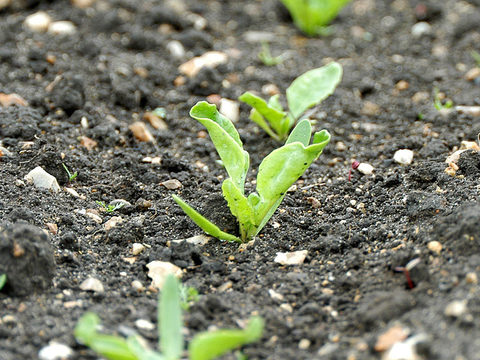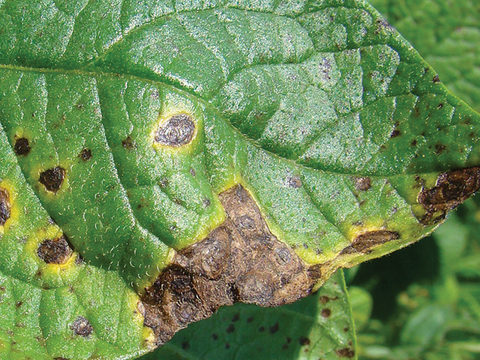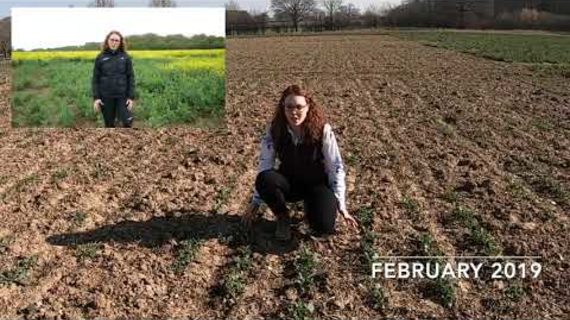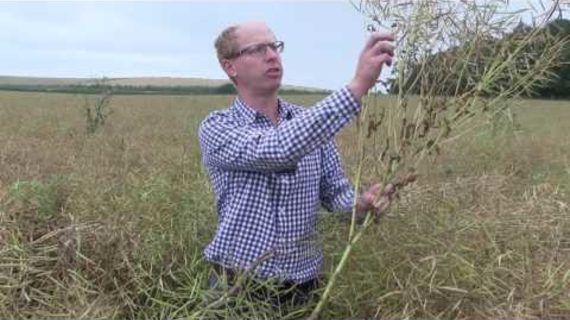OSR potential speeds up
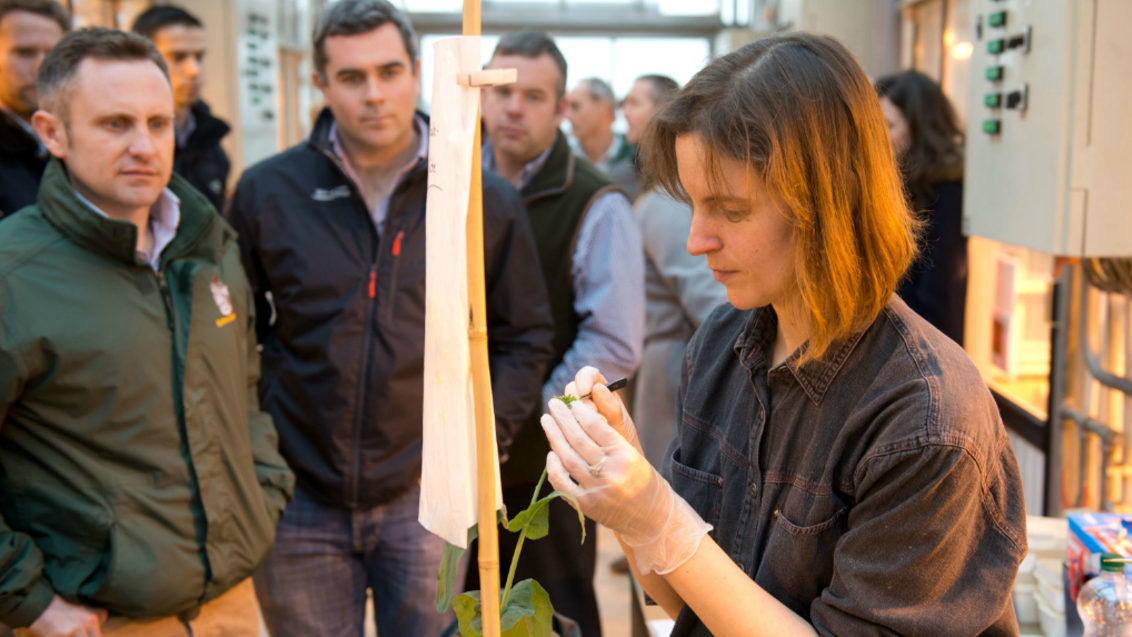
Research at the company’s OSR and hybrid barley seed breeding facility at Bad Salzuflen, 100km west of Hannover, has sought to maximise the beneficial heterosis effect during hybridisation that triggers greater vigour and performance in plants. The typical 8 to 12% heterosis potential in 2012, could reach 25 to 35% by 2020, he reported.
“Heterosis depends on the diversity of the parent lines used to make the hybrid,” explained Dr Pleines. “The greater the genetic disparity between the two parents, the greater the potential for hybrid performance.”
However, the genetic base of OSR had become very narrow with an almost exclusive focus on low erucic acid and low glucosinolates by breeders 20 to 40 years ago. Now the team at Bad Salzuflen, which includes over 100 people, are seeking to identify, develop and bring in more distant lines and genetic diversity that can boost the hybrid programme.
“Whilst hybridisation is great for growth characteristics, there is no heterosis for oil content,” he said. “That means you need male and female lines that both have high oil content, which is far more difficult to achieve.”
Using molecular markers has revolutionised the breeding techniques and the speed of developing useful traits. It also facilitates stacking resistance genes to produce more robust varieties and facilitate new developments. TuYV tolerance, for example, is increasingly important across Europe with the decline in insecticide protection options, with Syngenta varieties in official trials and being prioritised through the internal trials process, he said. New Phoma resistance RLM genes had also been identified as working, but had not yet been released.
“Over the past 20 years we have seen yield potential increase by around 1.4% year on year,” said Dr Pleines. “It has been increasing faster more recently with the introduction of hybrids, and I would expect that to continue or accelerate with more intelligent selection and new genetics.”
Hybrid vigour gives oilseed rape plants the potential for quicker emergence in the autumn and faster regrowth in the spring, with the development of larger root diameter and greater root mass, claimed Dr Pleines.
“Stronger plants give greater tolerance against abiotic stresses, such as heat, cold, drought and nutrients, along with other pressures from pests and diseases. The genetic potential has to be utilised alongside agronomic inputs to the crop, but it gives the increased opportunity and flexibility to achieve consistently higher performance,” he advised.
Dr Pleines highlighted that, for UK growers, varieties are selected primarily for high seed yield and oil content, along with other agronomic traits. Resistance to lodging is more important for UK conditions, compared to other parts of Europe, for example. Light Leaf Spot incidence is also more severe in the UK that makes it a priority for breeders. “Autumn vigour is a special requirement for the UK, given the pest pressure and the demand to get a higher plant population successfully established in optimum growing conditions.
“The UK is different from most of Europe. Conditions are typically relatively mild through the winter and the early season through to flowering, and then cooler and duller through to harvest compared to mainland Europe; relatively it is really cold at seed maturation. That requires very specific variety characteristics.”

